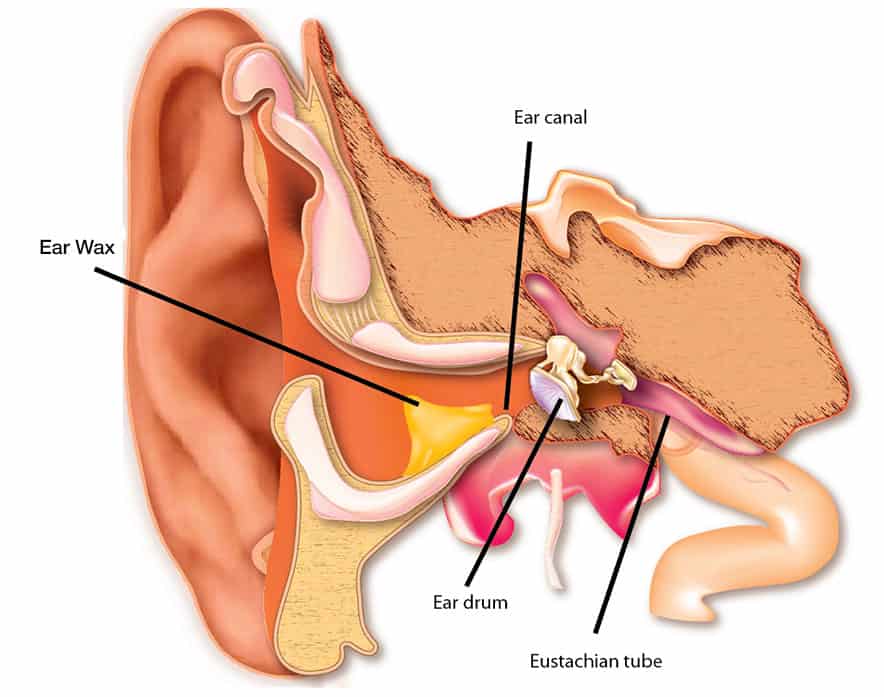Swimmers Ear – Otitis Externa Infections
Swimmers ear is something to keep an eye on. Swimming is an all year activity – with indoor pools, lakes and the ocean in the summer months – and with swimming comes an annoying infection called swimmers ear, an infection of the ear canal. This causes plenty of unpleasant side effects for kids. Luckily these symptoms are easy to treat and we can even prevent them in some cases.
What is swimmers ear?
External otitis is a bacterial infection of the skin around the outer ear canal. We usually see acute infections, though chronic infections can also occur. It is generally caused by bacteria called pseudomonas, streptococcus or staphylococcus, which frequently cause skin infections and/or head and neck infections in kids.
Most cases of external otitis involve a history of excessive water exposure, as in activities like swimming, diving or water sports. Water collects in the ear canal and acts as a breeding ground for bacteria. Minor cuts in the skin from a cotton swab or cuts from a finger can predispose one to bacterial colonization.
 Symptoms
Symptoms
- Itchy ears
- Fullness
- Draining of pus from the ear
- Blood in ear
- Sore ear especially when moving the outer ear (unlike otitis media)
- Swelling on the side of the face
- Enlarged lymph nodes near the ear
- Temporary hearing loss
How can I prevent swimmer’s ear?
- Avoid excessive water exposure
- Avoid excessive use of cotton swabs
- Follow proper ear care
- Use drops in the ears after swimming to prevent the growth of bacteria.
- Home remedies for ear infection prevention, include: hydrogen peroxide in the ear, Burow’s solution, commercial swimmers ear drops or diluted vinegar drops
How to treat an ear infection
For otitis externa, we typically use antibiotic drops (not oral antibiotics), which contact the bacteria and infected skin, killing the bacteria. These antibiotic drops often contain a mild steroid to calm inflammation, speed healing and decrease pain.
Read more on Internal Middle Ear infections.
![]()










